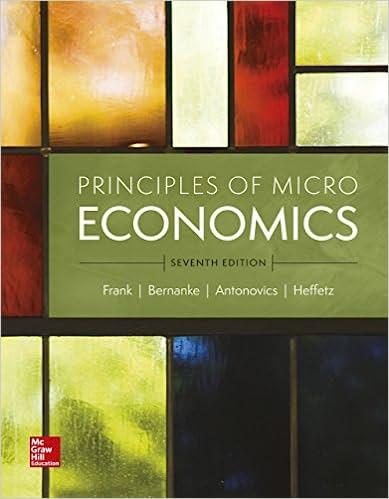Question
2. Assume three firms (1, 2 and 3) compete on quantity sequentially, with firm 1 choosing its output first, followed by firm 2, then firm

2. Assume three firms (1, 2 and 3) compete on quantity sequentially, with firm 1 choosing its output first, followed by firm 2, then firm 3 is last to make its output decision. The demands faced by firms 1, 2 and 3 are P1 = 200 ? 6Q1 ? 2Q2 P2 = 200 ? 2Q1 ? 2Q2 P3 = 20 ? Q3 For simplicity, assume that the firms do not incur any cost of production (i.e. C1(Q1) = 0, C2(Q2) = 0, and C3(Q3) = 0). (a) Calculate the equilibrium set of quantities. Justify your answer. (5 marks) (b) Does firm 2 have a second-mover advantage, i.e. moving second as opposed to third? Justify your answer. (3 marks)

Step by Step Solution
There are 3 Steps involved in it
Step: 1

Get Instant Access to Expert-Tailored Solutions
See step-by-step solutions with expert insights and AI powered tools for academic success
Step: 2

Step: 3

Ace Your Homework with AI
Get the answers you need in no time with our AI-driven, step-by-step assistance
Get Started


